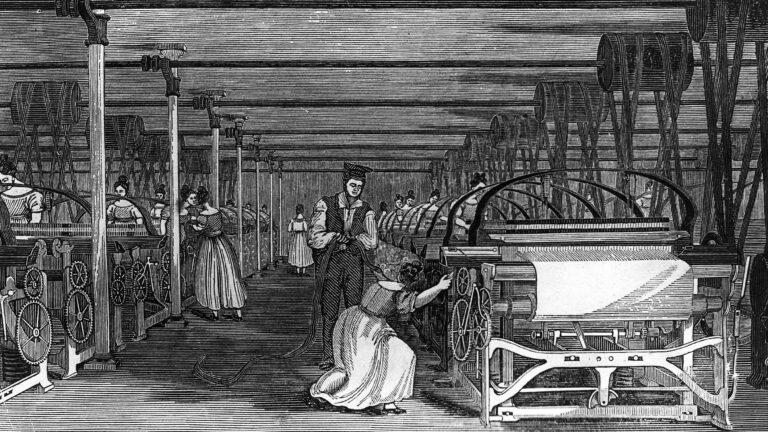Why AI Alone Cannot Solve the Productivity Puzzle
Understanding the Productivity Challenge
In today’s fast-paced business landscape, productivity is a critical factor for growth and success. Companies are constantly searching for innovative solutions to enhance workforce efficiency. However, relying solely on artificial intelligence (AI) can lead to misguided expectations. The relationship between technology and productivity is complex and multifaceted.
The Role of AI in Business
AI technologies have shown immense potential in automating repetitive tasks and analyzing large data sets. From chatbots providing customer service to sophisticated algorithms that predict market trends, AI is revolutionizing the way businesses operate. Yet, it’s essential to understand that AI is not a magic wand; it complements but does not replace the human elements of creativity and judgment.
Limitations of AI in Productivity Enhancement
Despite its advancements, AI has limitations. For instance, while it can optimize certain processes, it often lacks the ability to adapt to unexpected situations. Human intuition and emotional intelligence are irreplaceable qualities when it comes to decision-making and team dynamics. These elements are crucial in fostering a productive work environment.
The Importance of Human Capital
Investing in human capital is integral to tackling productivity challenges. Training and upskilling employees not only boost morale but also enhance their capabilities to utilize AI tools effectively. Organizations must focus on creating a culture of continuous learning, where employees feel empowered to adapt to new technologies.
Integrating AI with Human Insight
For businesses to truly benefit from AI, there needs to be a synergistic approach that combines machine efficiency with human insight. Incorporating employee feedback in AI systems can lead to better solutions tailored to specific organizational needs. This integration fosters innovation and drives productivity.
Case Studies: Success through Collaboration
Companies that have successfully integrated AI alongside human expertise provide valuable insights. For example, organizations in the manufacturing sector have utilized AI for predictive maintenance while relying on skilled technicians for nuanced decision-making. These case studies demonstrate that a hybrid approach, combining AI and human capacities, achieves optimal results.
The Future of Productivity
As the technological landscape continues to evolve, businesses must adapt their strategies. The future of productivity lies in a balanced approach that leverages the strengths of both AI and human resources. By fostering collaboration and continuous improvement, companies can overcome the productivity puzzle and ensure sustainable growth.
